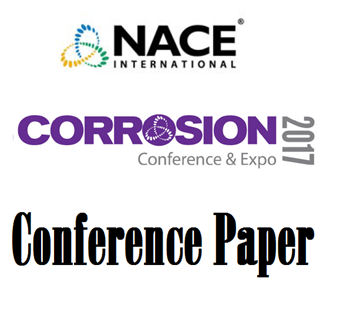Search
Coatings and Linings
View as
Sort by
Display
per page
Refinement Of Citric Acid Passivation Methods And Comparison To Traditional Nitric Acid Based Chemistries
Product Number:
51322-17628-SG
Publication Date:
2022
$20.00
Repair Coatings for TSA
Product Number:
51317--9369-SG
ISBN:
9369 2017 CP
Publication Date:
2017
$20.00
Replica Tape- A Source of New Surface Profile Information
Product Number:
41214-808-SG
Publication Date:
2014
$20.00
Replica Tape- Relating 3 Surface Profile Parameters to Pull-Off Adhesion
Product Number:
41215-878-SG
Publication Date:
2015
$20.00
Research On Cluster Well Group Casing Cathodic Protection For Field Test And Optimization Of Anode Bed
Product Number:
51322-17724-SG
Publication Date:
2022
$20.00
Resistance of U-bend and Integral Finned Duplex Stainless Steel UNS-S32205 and UNS-S32750 to Sulfide Stress Corrosion Cracking
Product Number:
51322-18038-SG
Publication Date:
2022
$20.00
Restoration of Historic Architectural Tiffany Metalwork Relies on HighPerformance, Environmentally Safe Coating System for Long-Lasting Protection
Product Number:
41214-872-SG
Publication Date:
2014
$20.00
Rethinking Sulfide Stress Cracking (SSC) Resistance Super Martensitic Stainless Steel (SMSS-13Cr) Bar Stock With 95 Ksi MY
Product Number:
51322-17614-SG
Publication Date:
2022
$20.00
Review Of The State Of The Art Of Siliceous Scale Management In Industrial Systems
Product Number:
51322-17731-SG
Publication Date:
2022
$20.00
Revisiting The Anodic Dissolution Of Pure Iron In Strong Acid: Replication Of Bockris’ Estimation Of Butler-Volmer
Product Number:
51322-17681-SG
Publication Date:
2022
$20.00












